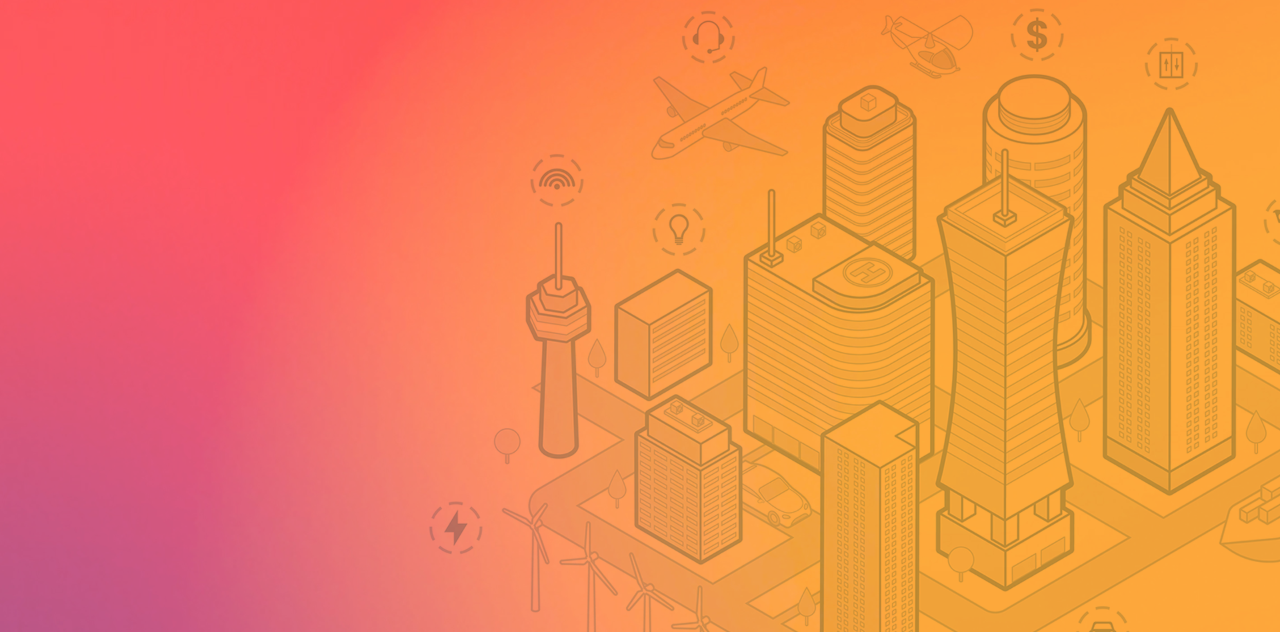Smart Cities are valuable in many ways – including the way they save residents’ time. Register for our webinar to get more detailed insights!
There are many reasons a lot of us flock to cities – either for work, entertainment, or to live. However, urban dwelling comes with its own stresses, such as the added time spent in traffic congestion, health issues that arise from pollution, and more. Fortunately, smart city initiatives are saving each local citizen significant time per year. From spending less time in traffic jams to arguing less frequently with utilities companies over costly bills, citizens of Smart Cities can get 5 to 245 hours back each year. We explore these points and more in our webinar, “Time-Saving Smart Cities,” which takes place at 11 a.m. on September 9th.
City Living Challenges
It’s no secret that city life can be stressful. Between the constant shrieking of traffic, overcrowding, and increased rates of pollution, city dwellers face issues unlike those faced by rural residents. Yet, U.S. cities are vibrant places, filled with museums and other cultural attractions, nightclubs, theaters, and restaurants and populated by people from many walks of life and from varied racial and ethnic and national backgrounds. Many college graduates are migrating to cities, not only for their employment opportunities but also for their many activities and the sheer excitement of living in a metropolis.
On the other hand, many US cities are also filled with poverty, filthy and dilapidated housing, high crime rates, traffic problems, and dirty air. Cities are tasked with providing many kinds of services for all their residents, and certain additional services for their poorer residents. These basic facts of city life make for common sets of problems affecting cities throughout the nation, albeit to varying degrees, with some cities less able than others to address these problems.
The Solution? Smart Cities
Smart Cities employ integrated technologies like the Internet of Things and computer vision to optimize several areas of city life, including mobility, transportation, and utilities like telecommunication, water/wastewater, and others. For instance, Smart City residents spend less time in traffic, less time in line for public services, enjoy faster responses from public works, and spend less time discussing problems with government and utility companies. Further, even more time is saved when residents avoid hospitals due to decreased incidences of accidents, pollution reduction, and less time spent on other safety issues. Each Smart City project can be characterized as one that is engaged with its citizens, workers, and visitors, with citizens enjoying an extra 250 hours yearly they otherwise would have spent on the above issues.
Register for the Webinar
Featuring Giandri Machado, Stefanini Digital Transformation Director, Jason Nelson, Executive Director of Smart Cities Council and Wangda Zuo, Assistant Professor in the Department of Civil, Environmental, and Architectural Engineering at the University of Colorado, “Time-Saving Smart Cities” is an exciting webinar that will discuss just how Smart Cities save residents time – with optimizations you will perhaps see in your own city soon. Register today!




















